Some breeds, including Silkies, have extra toes that grow in funky directions, requiring periodic nail clipping.
Equipment Needed:
- Styptic powder and paper towels on standby
- Dog nail clippers (guillotine style or plier-style clippers with a safety guard)
- OR a Dremmel tool (the noise and vibration are upsetting to many chickens, so I opt for nail clippers)
- Nail file or Nail Grinder tool (optional)
- Vetericyn Plus Poultry Wound Care spray: http://amzn.to/2jhxZDT
- A partner to hold the chicken.
A chicken’s nails contain a vein that will bleed if the nail is cut too far towards the toe, so keep styptic powder at the ready while trimming. In good light, the vein can usually be seen under the nail of chickens with light colored nails. Always trim conservatively to avoid nicking the vein.
Most chickens don’t care to be handled, so it is easiest to trim a chicken’s nails or spurs well after dark when they’re roosting and half asleep using a headlamp and a partner.
With a partner holding the chicken securely, hold the foot firmly in one hand, isolating the toenail to be trimmed and the nail clippers in the other. Trim 1/4-1/3 of the length of the nail. If the vein is nicked and bleeds, immediately dip the nail in styptic powder and hold gentle pressure on it with a paper towel until bleeding stops. File any sharp or jagged edges.
TRIMMING A ROOSTER’S SPURS
Spurs are horn-like, bony projections that grow out of the back of a rooster’s lower leg that are used for personal defense and flock protection. Think of the spur like a thumb that’s completely covered by a thick, sharp fingernail. A rooster’s spurs continue to grow just as his nails do and if left unchecked, can interfere with his ability to walk, cause injuries to him and others. To maintain a reasonable spur length, the spur cap can be removed or trimmed, however, when the hard outer layer of the spur is removed, the exposed bony tissue may bleed, is very sensitive, if not painful when touched, and is vulnerable to infection. For these reasons, I do not uncap my roosters’ spurs, preferring to trim them instead. The same method for trimming nails applies to spurs: steer clear of the live tissue underneath the spur cap, cutting only the first 1/4-1/3 of the projection with very sharp, large dog clippers, filing to dull any sharp edges. The spur caps will re-grow.
Kathy Shea Mormino
Affectionately known internationally as The Chicken Chick®, Kathy Shea Mormino shares a fun-loving, informative style to raising backyard chickens. …Read on




shop my SPONSORS



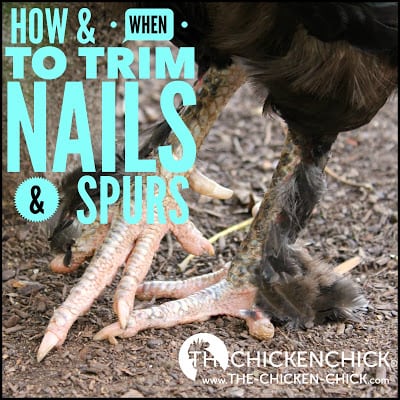


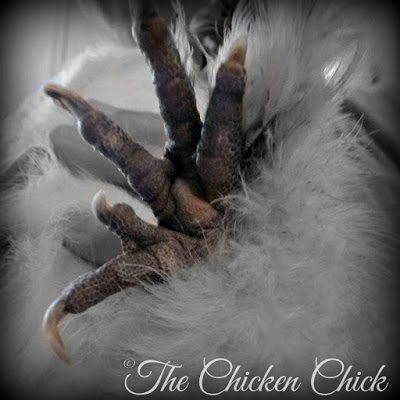
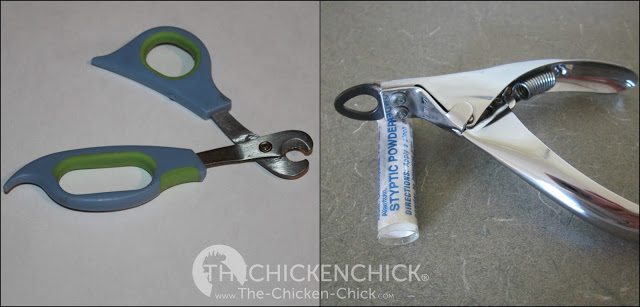
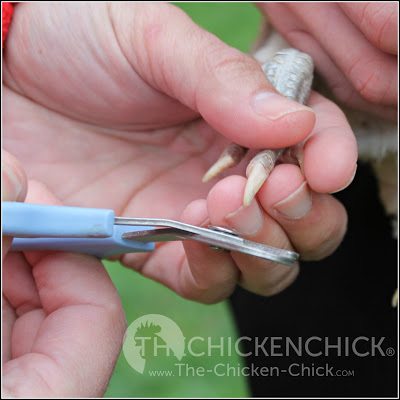
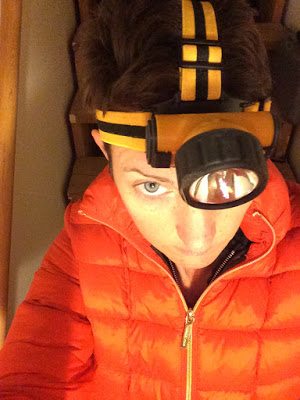
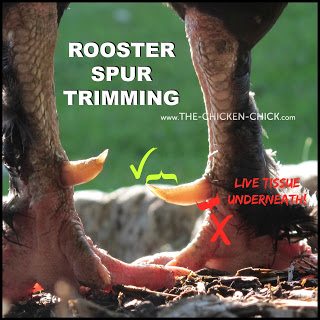
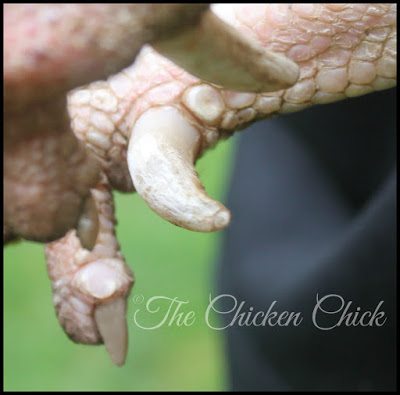

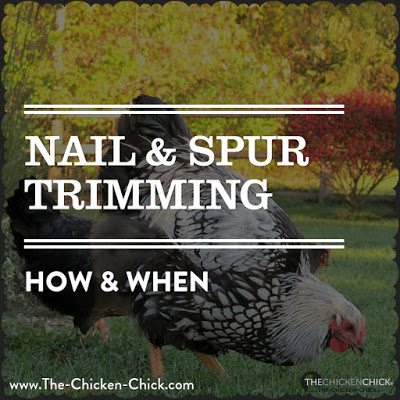

























Thank you so much for this resource. I rescued 10 roosters this spring. They are all a year old or under (we think). I don’t know when I need to start trimming nails, but I’m terrified to do so. They do not like being picked up, but have never been aggressive toward us. I just don’t want them to fear me and I know this will create a panic. But, your information was helpful and I appreciate it.
My rooster tore his spur off clean down to the leg. The boney piece is also broken off. When I found him it was attached by flesh but dangling. I pulled it off sprayed with Vetericyn wrapped and will keep him confined. Do you have any suggestions other than what I have done so far?
Are you able to get a pain reliever from a vet? You’ll need to monitor it for infection too.
Thank you for the valuable information on trimming nails. I will be sure to check my girls tonight before saying good night to them. I would just love to win the feeder. I have so much waste.
My chickens aren’t packing feathers but biting necks and grabbing by the tail . Every morning I let them out of the coup I have a silky rooster that chases the other silky.it runs screaming and hiding .what is this behavior?
That is awkward early mating attempts. With some experience, it won’t look so aggressive. He’s just trying to figure out how to do it correctly. He’ll get there. This article will help you see what he’s up to: https://the-chicken-chick.com/chicken-mating-how-does-that-work/
My chickens aren’t picking feathers they are grabbing the necks and biting or tails.when I first let them out of the coop in the morning I have one silky rooster that chases the other one .the poor baby runs screaming and hiding what is this behavior?